We get asked a lot: “How much does a borehole cost in Kenya? I’ve heard drilling is only $10,000.” It’s a common misconception, and one we hope to answer in this blog post. By the end, you’ll understand the true cost of a water project in Kenya, the steps we take to establish community boreholes, and why our water projects aren’t $10,000.
As we write this, we’re preparing to start drilling at our next borehole site—Lositeti. Our fundraising campaign for this project took place last summer. Drilling a borehole that will help a community long-term is not a simple process, though. As we look forward to Lositeti, let’s look back on past Water, Sanitation, and Hygiene (WASH) projects to talk about the methods, timeframe, and costs of building durable boreholes.
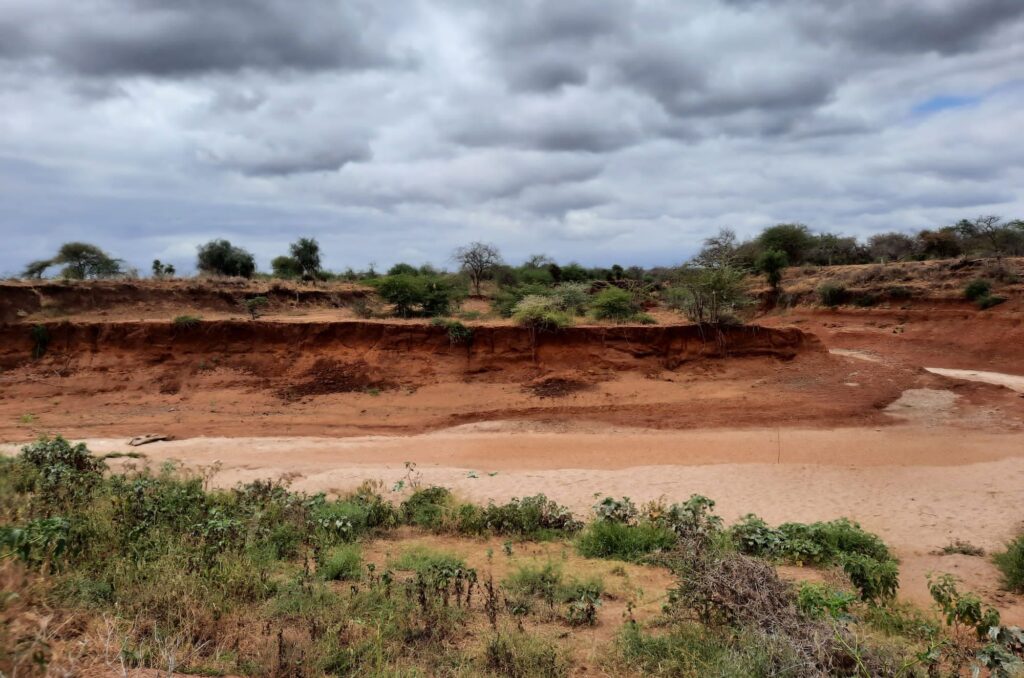
It Takes (More Than) a Village
Many people in and around Kajiado County, Kenya, know about the work we at Water is Life Kenya (WILK) have done over the last seventeen years. That’s what prompted Michael Lankoi, a teacher from Lositeti, to travel 40 miles to Nooriro where we were drilling a borehole this past summer. The people in Lositeti had been suffering because of the three-year-long drought, and he asked us to help them.
We receive many requests for help. Therefore, after building a relationship with a community, we travel to the ground to conduct a needs assessment. This helps us determine what kind of help, if any, is needed. Is water available nearby? Are people committed to running and maintaining a borehole? Will the community benefit from a borehole project? These are just some of the questions we answer before getting our team-—and our donors—more involved.
Lositeti checked all of those boxes. Shallow wells had dried up, a nearby dam was empty, and livestock had been wiped out. The community welcomed us and was eager to envision what their new life would look like. Following the needs assessment, we completed a hydrogeological survey, mobilized community leadership and organizations, and guided them as they filed for drilling permits. It was only then that we asked our donors to help fund the project.
Between a grant from The Raskob Foundation, contributions from ten Rotary clubs across District 7630, and individual donations, we raised over $80,000 to fund this community borehole for Lositeti. That might seem like a lot of money—and it is—but we don’t just dig a hole and leave. This is why our projects have been so successful for so long.
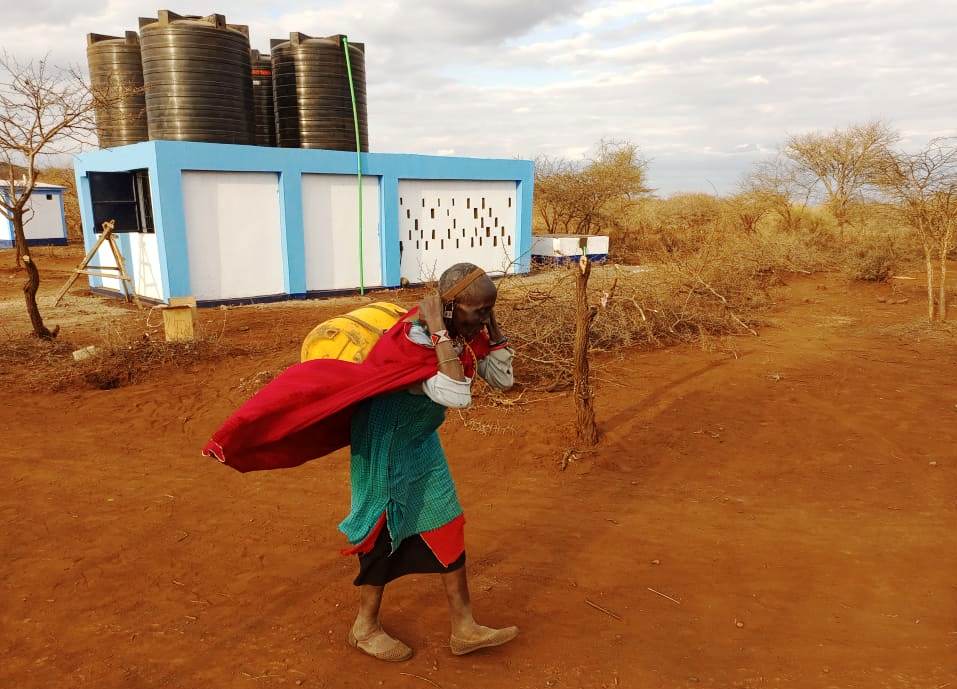
Our Borehole Process
Our work in Nooriro is just one of the 27 clean water projects we’ve completed in Kajiado County. From the initial assessment to the opening ceremony, it takes about a year to complete a project. It’s time to answer how much our water wells cost in Kenya.
The needs assessment, community mobilization, and hydrogeological survey steps we mentioned, along with training a Water Management Committee (WMC) that will oversee the project on a daily basis, can cost around $5,000-$15,000. In Kenya, water resources are owned by the state, so applications and permits are required before drilling can even begin. Drilling the borehole and a 24-hour test pumping come next and cost around $15,000-$25,000, but this is not even the most expensive step.
Following drilling and test pumping comes the most critical step in our region—construction. Because of nearby elephants who love fresh, clean borehole water (see our blog post about elephants to learn more), borehole infrastructure must be made out of reinforced concrete. Local contractors are hired to build a pump house, water point, troughs for animals, water storage, and latrines. The community pays for some of this construction as a “buy-in,” while the rest (anywhere from $25,000-$50,000, as determined by the needs of the community) is funded by WILK. Following construction, a water pump and generator are purchased and installed. Because our wells are deep (up to 300 meters), the pump and generator installation can cost between $15,000-$20,000.
Once these projects are established, our team monitors them quarterly during the first year and conducts questionnaires and other data collection. We are on standby to help resolve conflicts and troubleshoot solutions with WMCs.
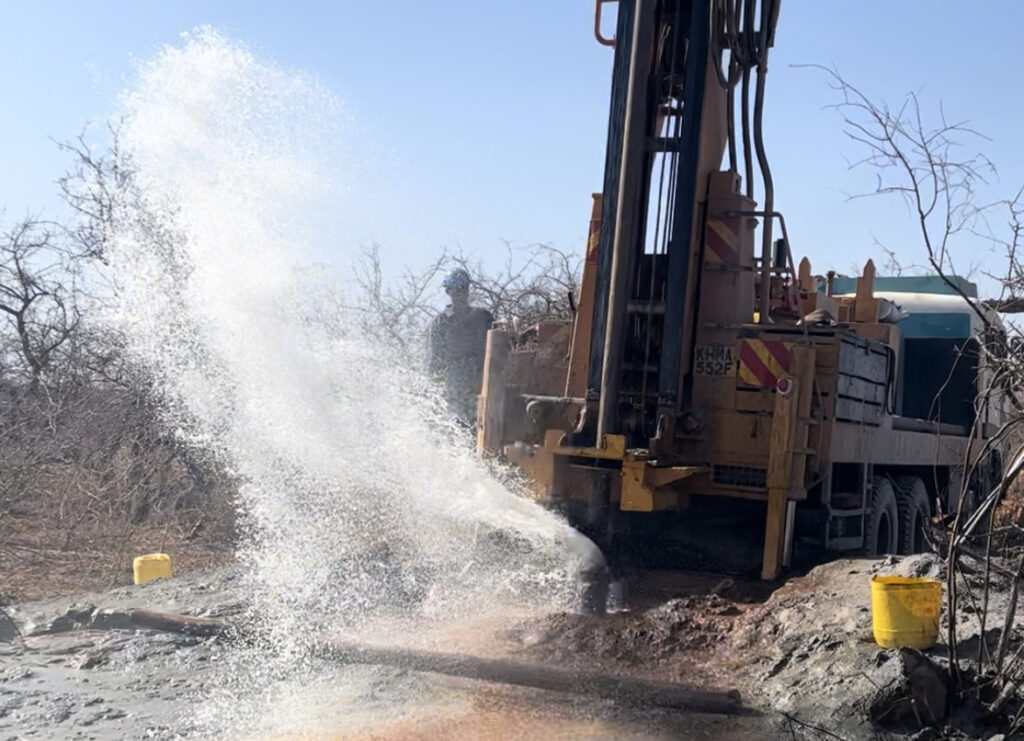
Past Borehole Success Stories
The Ilkisonko borehole can show how much work goes into our projects. After drilling, we conducted test pumping, constructed necessary infrastructure, equipped a generator and pump, and trained a well management team. Therefore, our comprehensive projects have a larger cost than other smaller ones that are dug in Kenya. (The global success rate of water wells is 30-50% after two to five years. Our projects are far more sustainable, with a success rate of about 85% and some wells running for over 15 years).
One of our early projects (2012) in Olepolos is still running—and supporting two schools in addition to the community. Because the community was involved throughout the process, the borehole fits its needs. Now people have been moving to Olepolos for its water security. There are also farms, shops, and a restaurant, all of which support the economy. This means the people in Olepolos can manage the borehole as well as afford to keep it running.
We Have More Work to Do
Our first borehole in 2024 will be in Lositeti, but we’re reading through applications and surveying areas for additional borehole projects. There are so many people in Kajiado County who still suffer from the aftereffects of the three-year drought. We want to help as many as we can, but we also will continue to follow the plan we’ve been using successfully for the last seventeen years.
With all of our projects, we do our best to ensure borehole longevity. Not only does that mean boreholes are made to withstand the elements (and the elephants), but they also need to stay funded to keep running. If we want these communities to prosper, we have to help them beyond building a well.
So, how much do water wells cost in Kenya? Our community borehole wells cost about $80,000 – $100,000. And what about the benefit? The reality is that communities of up to 5,000 people (and their animals) have water for decades because of our projects. Considering some cars cost $80,000, you tell us: How much does clean water for communities cost?
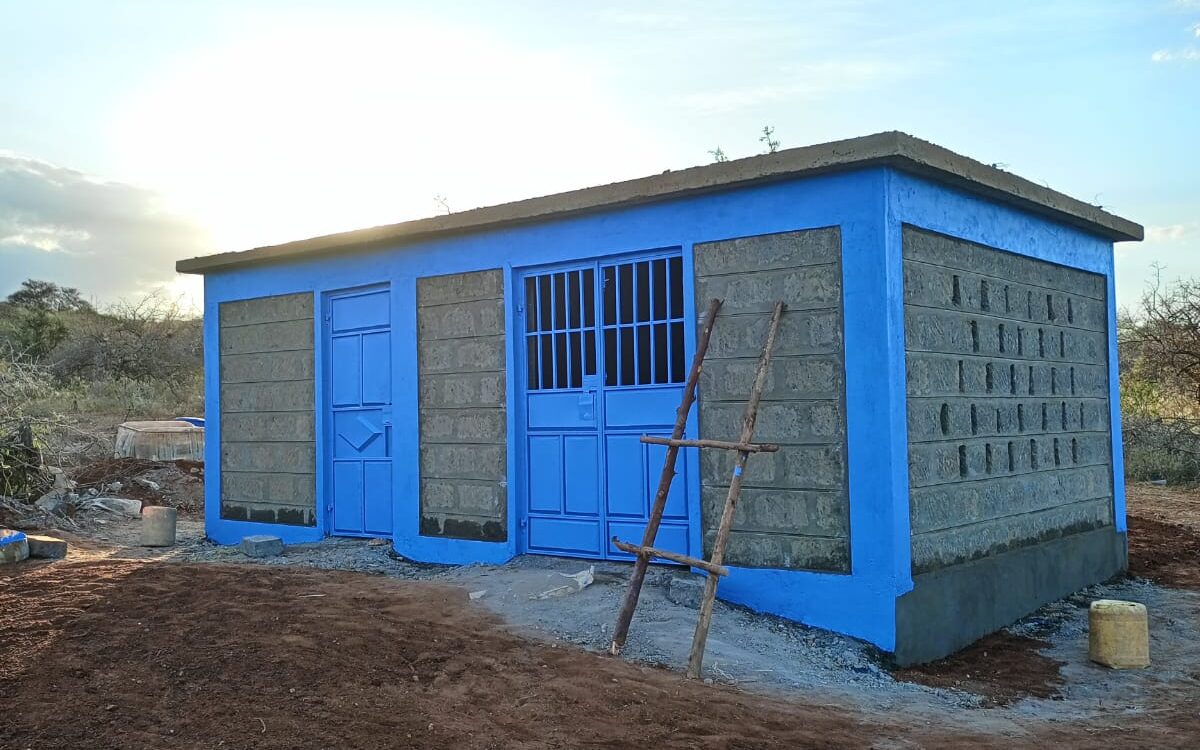
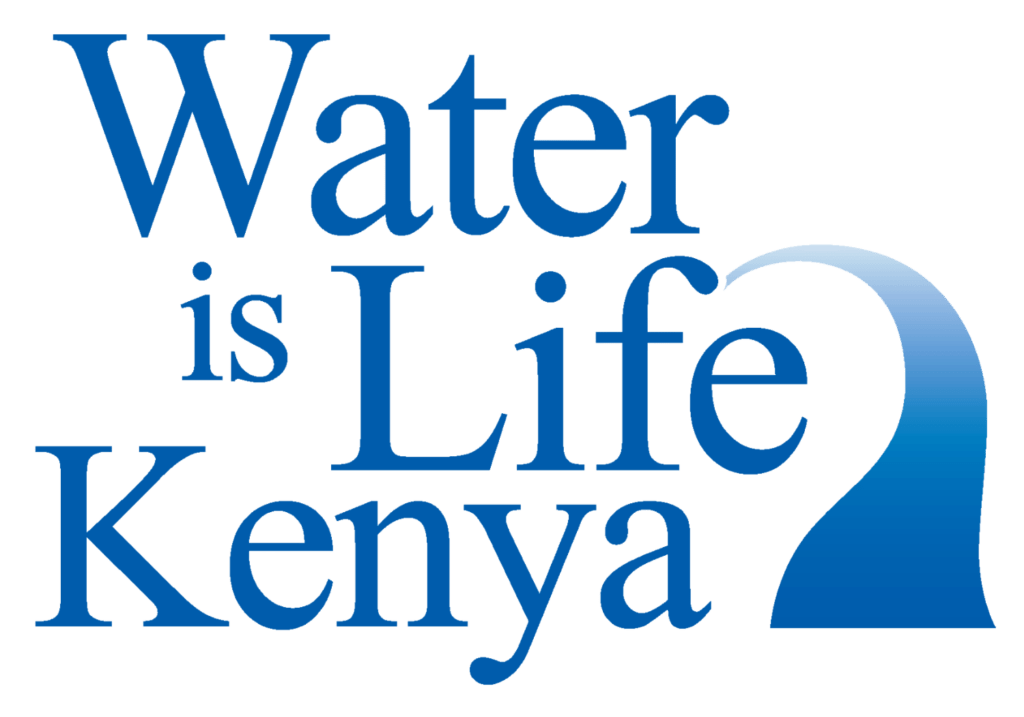
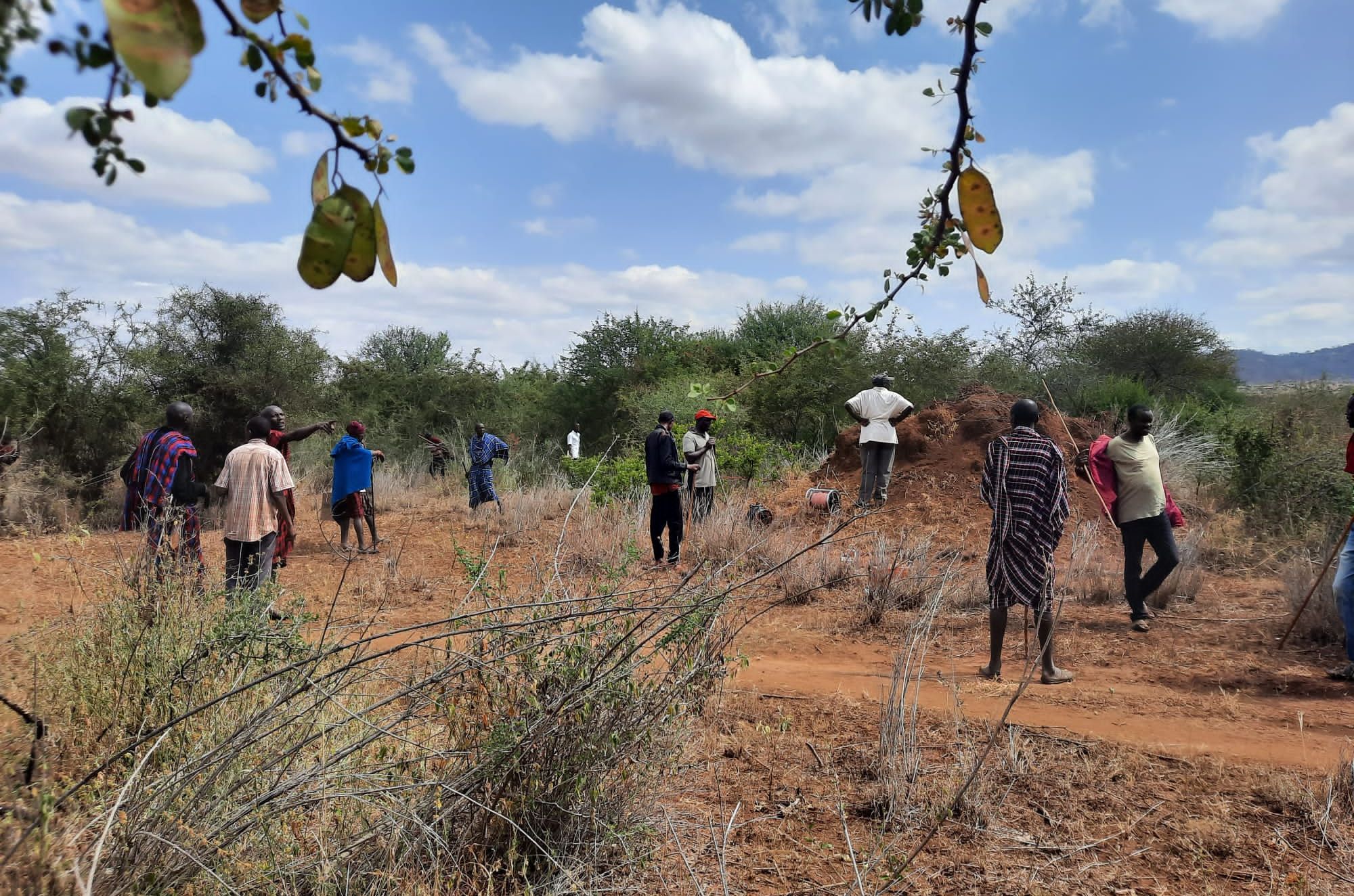
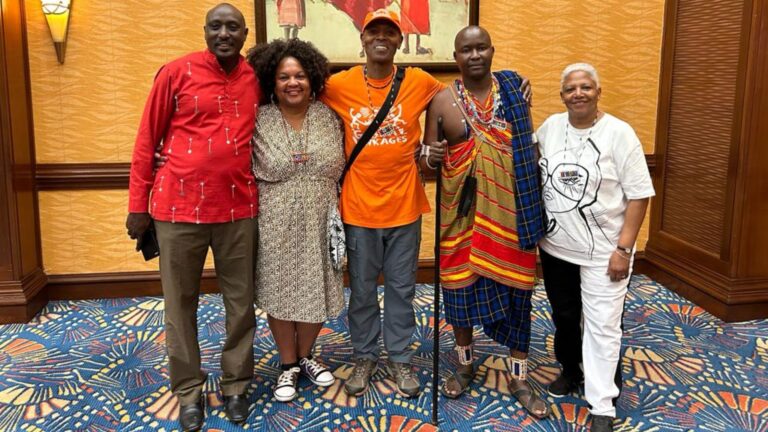
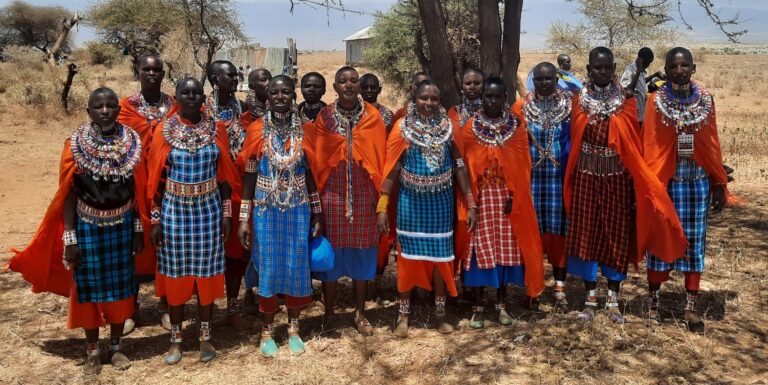
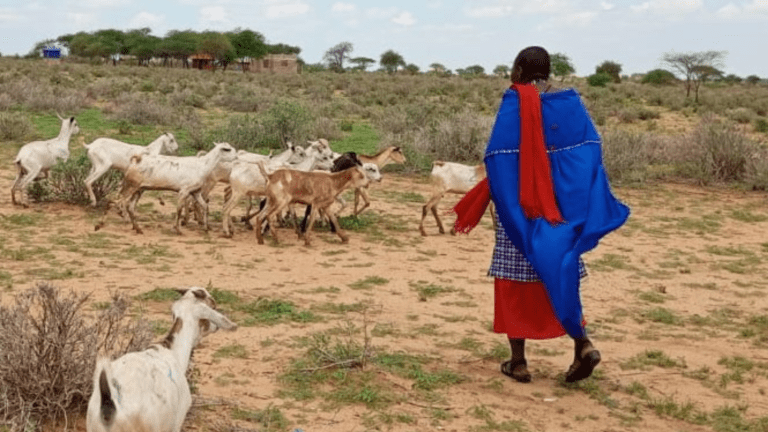

Pingback: The Path to Water: Bringing a Borehole to Lositeti | Water is Life Kenya
Pingback: Global Linkages Water Project: July Update | Water is Life Kenya
Pingback: Partnership Announcement: The Anderson Foundation